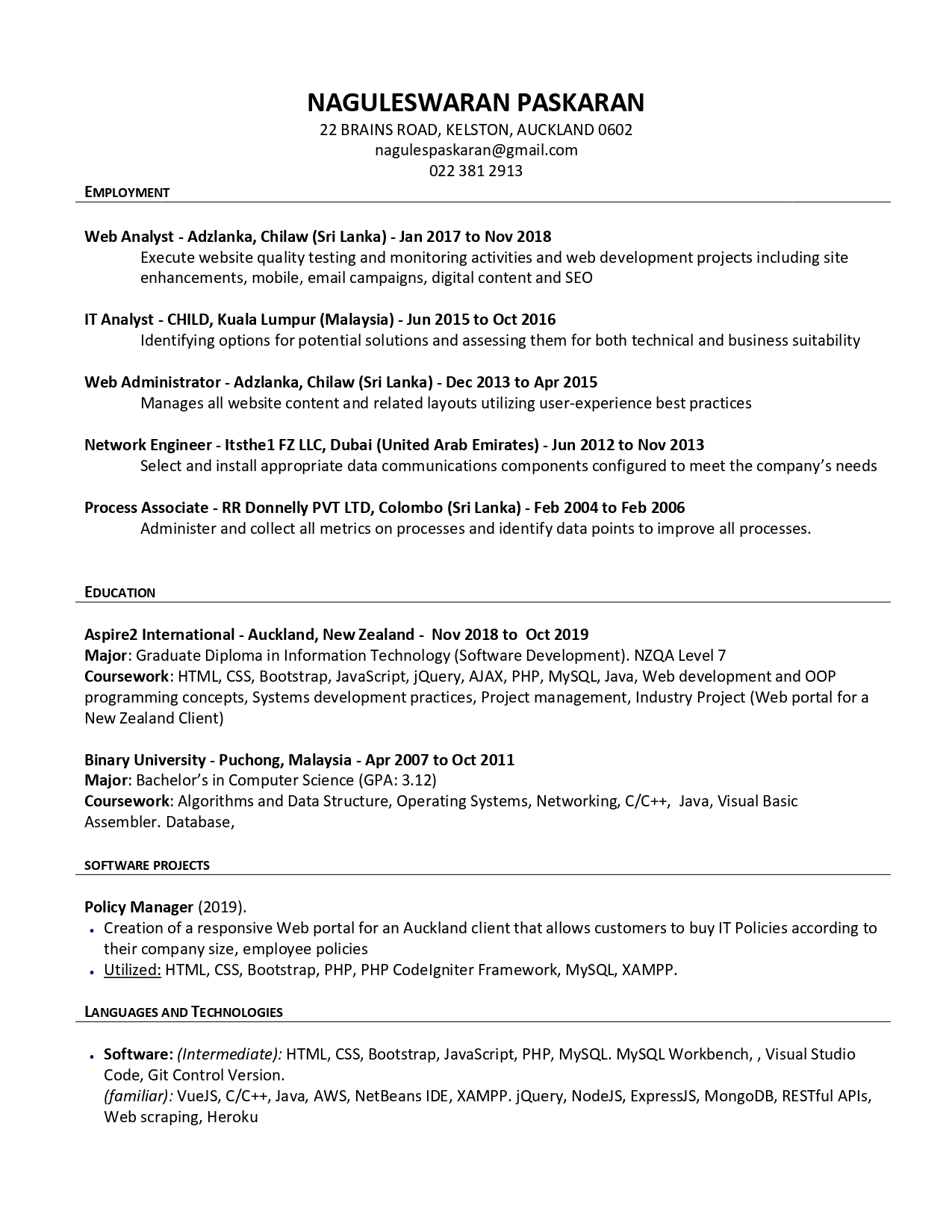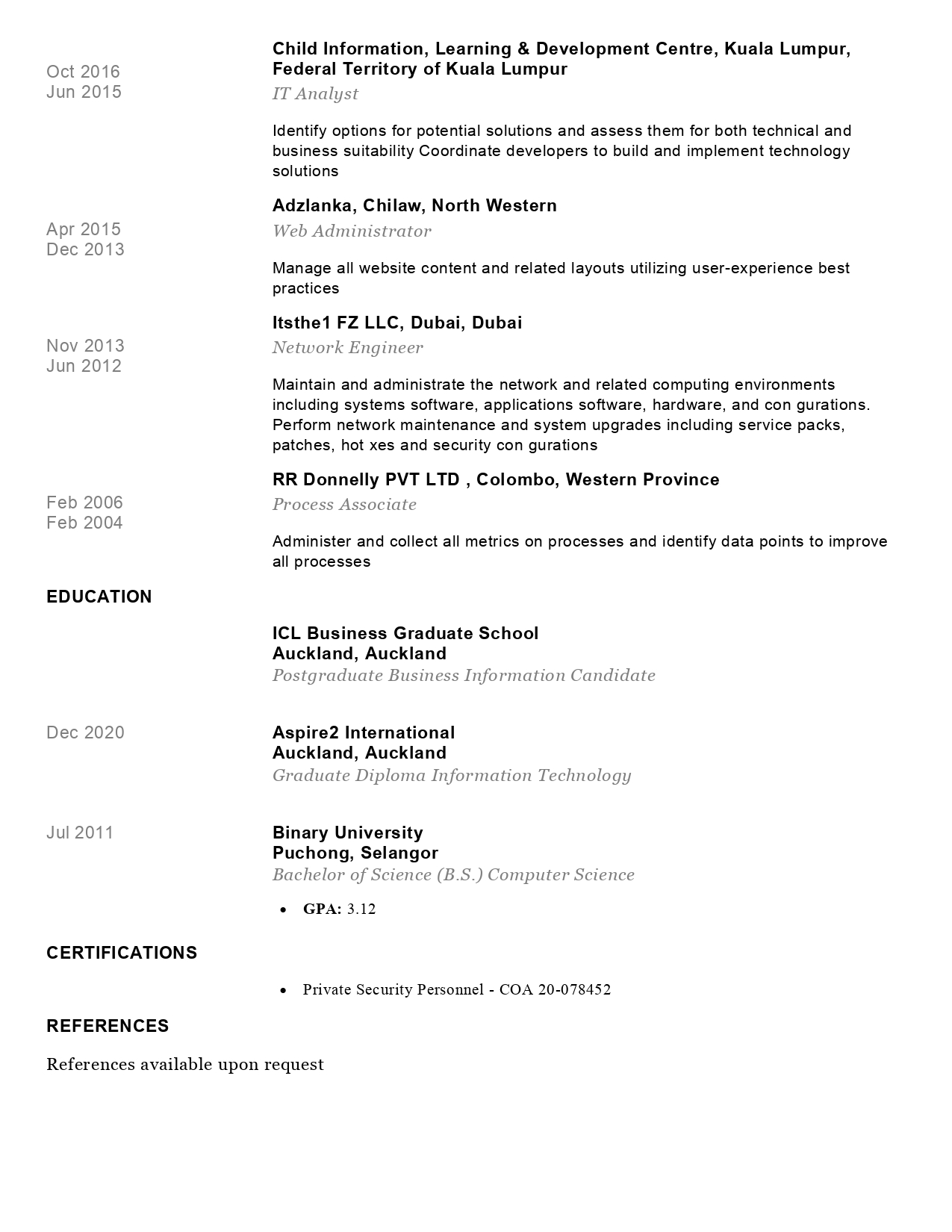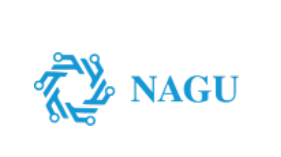
Professional Development
Continual education:
- Degree programs, courses, and workshops
- Through educational programs, one can get certifications, accreditations, or other credentials.
Membership in a variety of different organizations:
- Attending meetings, conferences, and workshops sponsored by professional organizations in the United States, Canada, and other countries.
- Attending conferences and workshops to present papers
Research:
- Carrying out a study
- Presenting scientific findings to a wider audience
Increase productivity at work:
- Adapting to changes in systems, technology, and procedures
- Keeping up with the latest advances in your profession.
- Enhancing current abilities
Increased responsibilities and tasks:
- Taking up new tasks, projects, or assignments in one’s current employment, whether long or short-term.
Approaches to professional growth:
The training is based on skills
Training that is skill-based is more effective because it gives participants the opportunity to practice new skills and learn from their mistakes.
How to maximise a training course: Talk to your boss about why you’re going and what you want to gain from it. Debriefing of the conference after it has concluded. You can instantly use what you’ve learnt during the training session to your job. Make use of the abilities you’ve learnt.
To Dos in the Work Environment
One of the best ways to learn by doing is to work on real-world problems and obstacles.
New job or new responsibilities added to an existing position like a short-term project may be the case. A development project that pushes people out of their comfort zones and forces them to reassess their thinking and behavior must include some element of risk.
Relationships that aid in the development of a kid
To learn, you must interact with people. Providing feedback, challenge, and support are the three primary roles you can play in someone else’s life, and you can do all three at the same time (counsellor, cheerleader, reinforcer, cohort).

Old CV

New CV Page 1

